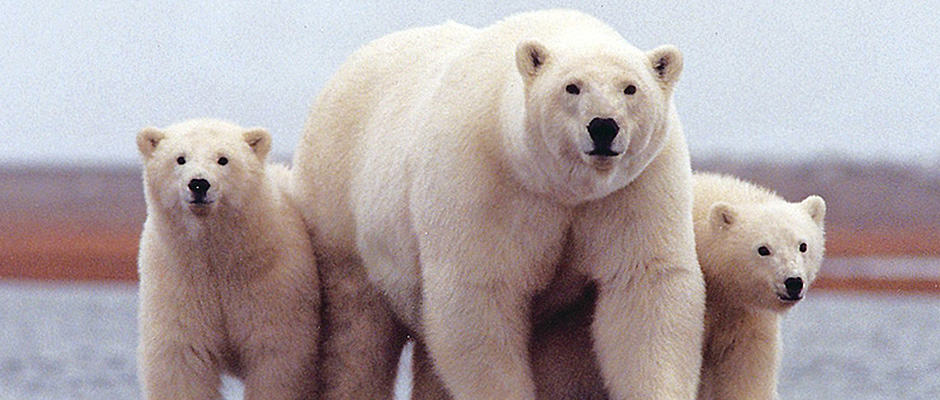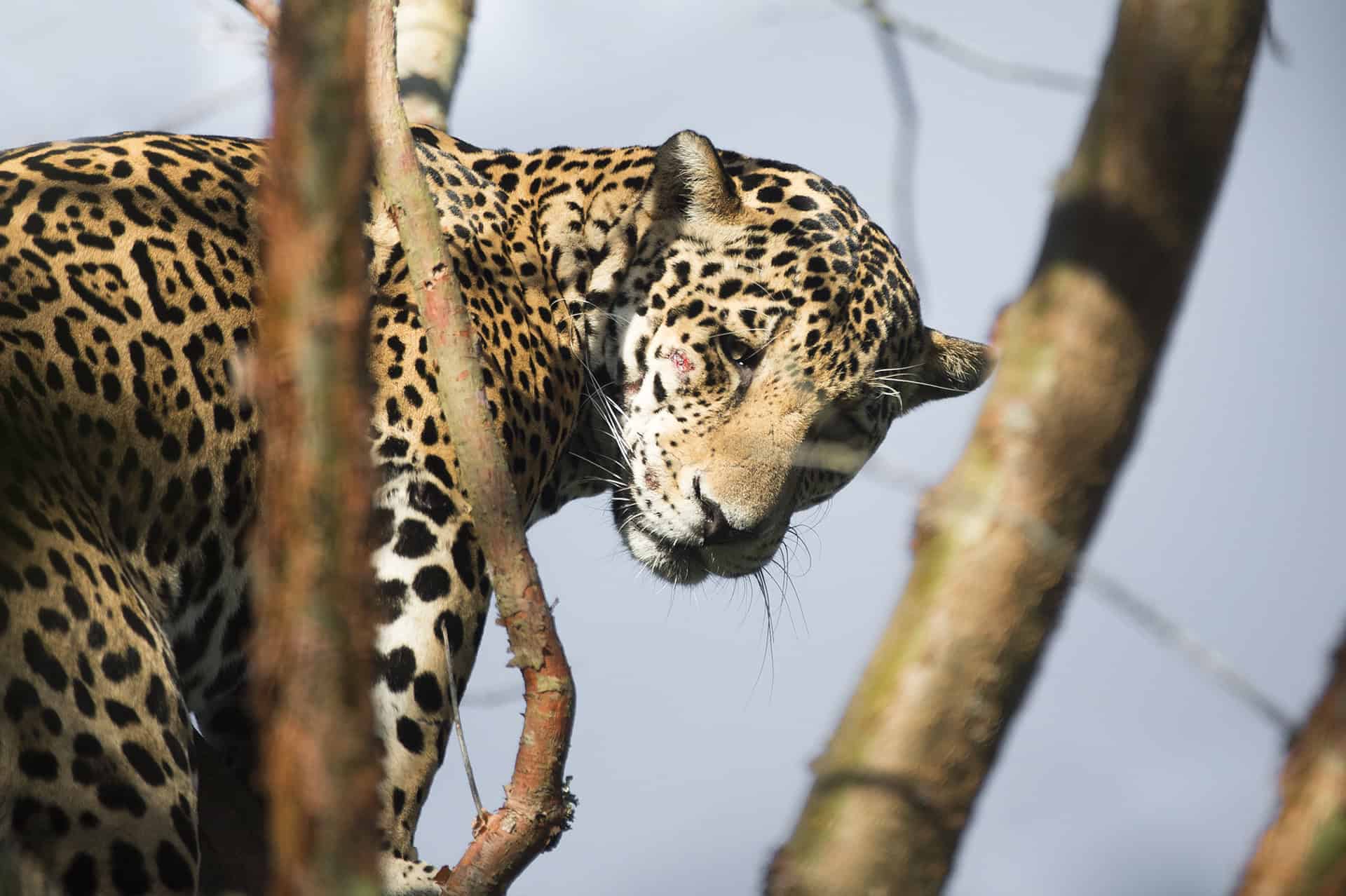Share this article
FWS Plan Proposes Wilderness Protection in Alaska
The Fish and Wildlife Service (FWS) released its Comprehensive Conservation Plan and final environmental impact statement for the 19 million acre Arctic National Wildlife Refuge (ANWR) in Alaska. The preferred plan for the ANWR proposes wilderness designation for the Brooks Range, Porcupine Plateau, and Coastal Plain Wilderness Study Areas and to include four rivers as part of the National Wild and Scenic Rivers System.
Currently, about 7 million acres are designated as wilderness in the Refuge. The proposed plan covers an additional 12.28 million acres, designating 98% of the ANWR as wilderness. Some groups are critical of the plan as it would prevent oil and gas development on Alaska’s coastal plains, which have been estimated by the U.S. Geological Service to contain 10.4 billion barrels of oil. Opportunities for recreational, scientific, and subsistence uses are still available on wilderness lands and were considered when determining the preferred management alternative.
FWS states the plan contributes to the overall ecological health and biological integrity of the Refuge, which supports numerous species, including polar bears, grizzly bears, gray wolves, and caribou.
The preferred management plan offers more permanent protection for the area, as congress must approve all designations of and changes to areas managed under Wilderness Management and the National Wild and Scenic River Systems. Currently, the land is managed under Minimal Management, which offers similar protection but can be more easily changed by a plan amendment.
The plan is currently available for public review but is not accepting comments. President Obama has announced that he plans to make a formal recommendation to Congress to designate the area as wilderness, but the request may face opposition. House Natural Resources Chairman Rob Bishop (R-Utah) and Senate Energy and Natural Resources Committee Chairwoman Lisa Murkowski (R-Alaska) both expressed resistance to the plan, stating it would hinder economic development for the state. If approved, this would be the single largest wilderness designation since the Wilderness Act was approved in 1964.
Source: Energy & Environment Daily (January 26, 2015), Fish and Wildlife Service (January 26, 2015)
Header Image: Image Credit: Susanne Miller, USFWS








